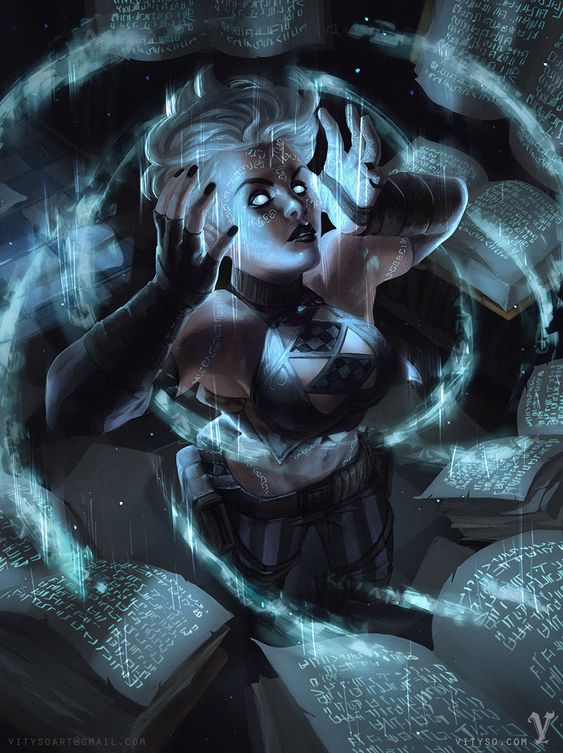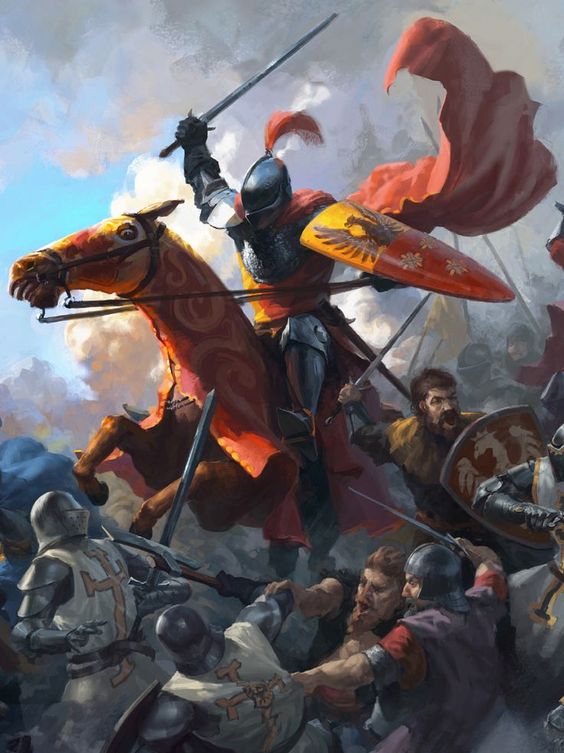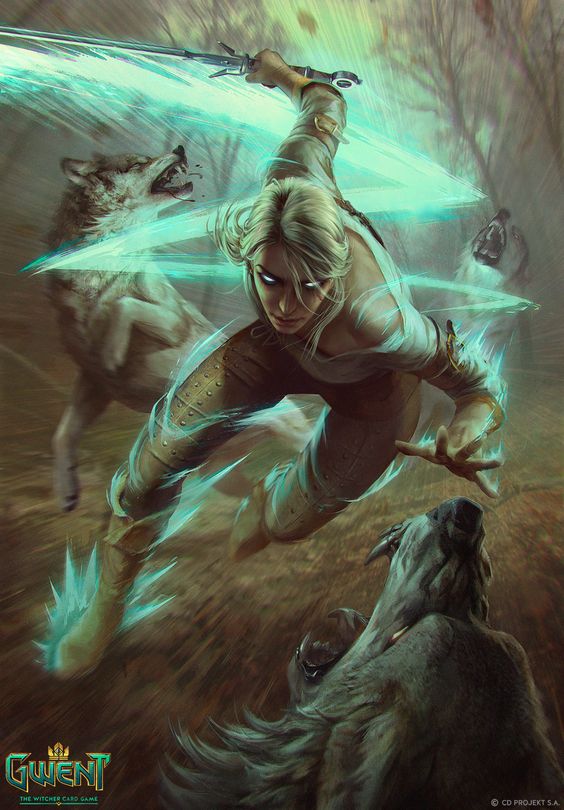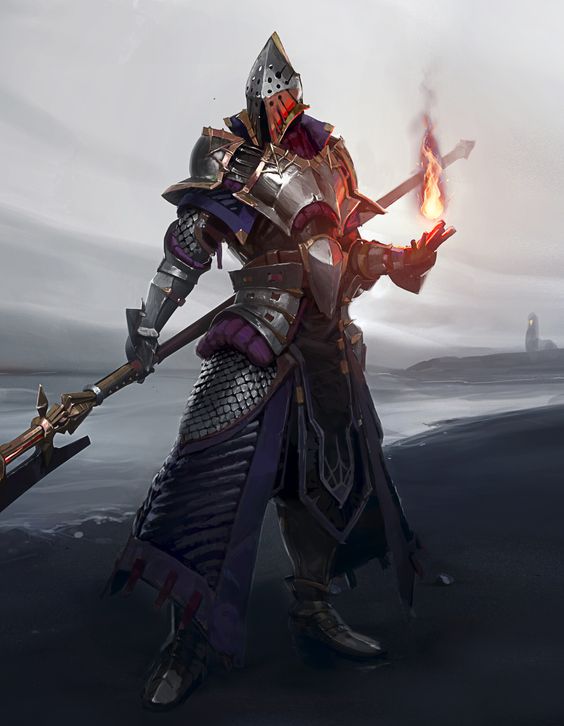D&D 5e Gift of the Chromatic Dragon Guide: Through The Fire And The Flames

D&D 5e Gift of the Chromatic Dragon Guide: Through The Fire And The Flames
SOURCE: Fizban’s Treasury of Dragons
Rating the Benefits of Gift of the Chromatic Dragon
Benefit #1 –
Chromatic Infusion – Once per day, as a Bonus Action touch a weapon. For the next minute, that weapon deals a bonus 1d4 damage of one type, chosen from acid, cold, fire, lightning, or poison
This is a big damage boost, basically equivalent to a 3rd level spell. Access to that once per day, especially only costing a bonus action to use, is a massive boost in DPS.
Benefit #2 –
Reactive Resistance – As a reaction to taking acid, cold, fire, lightning or poison damage, you can give yourself resistance to that damage instance. This ability can be used an amount of times per day equal to your proficiency bonus.
The biggest blasts in 5e tend to be elemental effects, whether that be a dragon’s breath or a fireball spell. This is an incredibly powerful panic button against those abilities. Multiple uses per day, plus the ability to shift resistances as needed, make this incredibly flexible.
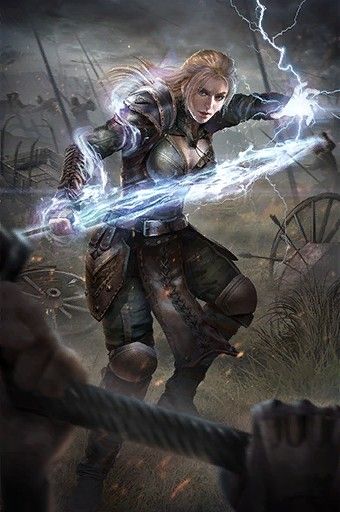
Mechanics and Requirements
Understanding How It Functions
Chromatic Infusion
The first part of the Gift of the Chromatic Dragon feat is a big, once-per-day elemental boost to damage on weapon attacks.
As a bonus action, a character with this feat can touch a weapon (any weapon, doesn’t have to be their own) within range, and that weapon deals an extra 1d4 damage for an entire minute.
The possible damage types are:
- Acid
- Cold
- Fire
- Lightning
- Poison
This is a big boost in damage. It’s roughly equivalent to Elemental Weapon, which is a third-level arcane spell. Bear in mind as well that the damage boost is per attack, so at the level most characters will get this feat, 4, they’re 1 level from the Extra Attack feature, which doubles the effectiveness of this ability.
A major advantage of this ability is the fact that the elemental damage type can be shifted every single time you activate it. While your character might have a favorite, thematically or that ties into their other abilities, there might be times the party needs a certain damage type to deal with specific enemies or situations.
Lastly, remember that this costs a bonus action to activate, which might interrupt the action economy of certain characters. The Barbarian, for example, is probably going to be spending his bonus action in the first round of every combat activating Rage, so won’t be able to switch this on until turn 2. By that point, many combats are already more than half over.
Reactive Resistance
Damage resistance is one of the strongest defensive abilities in 5e. Resistance to damage cuts the amount of damage taken in half, rounding down. Yes, this literally doubles the toughness of a character against effects that they have resistance against.
As characters level, attacks and abilities that deal a significant chunk of elemental damage begin to get much more frequent. AOE spells start to get strong from level 5, if not earlier, It’s common to start stumbling across creatures that deal serious elemental DPS, plus have their own resistances, at around the same level.
So, the ability to switch on half damage, in one of a large list of damage types, multiple times per day, is a very strong defensive ability, and one that can and will definitely save a character’s life.
When used, Reactive Resistance is very similar to the 1st level spell Absorb Elements. It costs a reaction, triggered when you take elemental damage, and grants resistance against that source of damage.
The ability can be used a number of times per day equal to a character’s proficiency bonus. So expect to use this 2-4 times per day on average, which, for most adventures, should be far more than necessary.
Just how effective is this? Fireball deals 8d6 damage (average 28.) Resistance cuts that in half, saving you 14 HP. That’s around a third of the total HP of a level 5 character, meaning if they make effective use of this ability, their HP total just doubled against elemental damage.
Also, remember that successful saves can reduce this damage further. Saving against that 28 damage Fireball, plus stacking resistance, reduces its impressive 28 damage to a measly 7. Yeah, the evil Wizard’s spells now hit about as hard as a goblin kicking you in the shins. How does that feel?
Key Stats
The Gift of the Chromatic Dragon feat doesn’t boost any stats, has no stat prerequisites, and as long as someone in the party has the stats to swing a weapon, the damage boost is useful.
Ideal Characters for Gift of the Chromatic Dragon
Top Classes
Fighter – Who uses weapons, and can, once per rest, attack twice as often as everyone else, hitting ridiculously hard in a terrifying hail of strikes? Who has a big pool of HP, stacks AC, and tends to take a lot of the hits in the party, but lacks defenses against the magical side of things?
That’s right, the Fighter. Everything this feat does is amazing for the class, and every subclass can make great use of it. If you’ve got space in your build (the Fighter gets more feats than everyone else as well, so you should) this is an easy take.
Wizard – Many Wizards have almost nothing to do with their bonus actions and tend to be alarmingly squishy. Handing out a large damage boost to the guy with the biggest weapon once per day (for maximum hilarity, stack it with a casting of Elemental Weapon in the same turn) and layering a significant defensive buff against the blasts that are most likely to reach the build, are both things the class loves.
For bonus points, everything on offer here feels very “wizard-y,” especially the whole swindling a dragon out of power thing.
Artificer – The Artificer as a class tends to spread itself thin. It wants to use weapons, as well as spells, as well as all of its other class abilities, and finding a balance can be hard.
The Gift of the Chromatic Dragon helps with this. The damage boost is significant enough to put the class on par with major damage dealers like the Fighter for an encounter, and Reactive Resistance makes a middlingly tough character much harder to kill while saving on spell slots that would have been cast on Absorb Elements.
Race or Subrace Choices
Variant Human – 1d4 damage is a huge boost in the earliest levels of the game. Variant Humans can grab this feat from as early as level 1, meaning it also won’t interfere with ASI progression as you level.
Dragonborn – An elemental breath weapon to help deal with hordes, another permanent elemental resistance, and thematic elements. All good things that work perfectly with the feat.
Combos, Tactics, and Synergies
Complementary Feats
Gift of the Metallic Dragon – Dive deeper into your draconic gifts, adding a reactive boost to AC and some incidental healing to the build.
Sentinel – Sentinel is an exceptional feat in many builds. Here, it’s an extra attack to trigger Infusion damage, plus reactionary strikes to keep enemies focused on you.
Fighting Initiate – Packed with combat options, we’re leaning into Fighting Initiate for the Archery style; a flat +2 to hit. Considering ranged attacks synergize perfectly with Chromatic Infusion, needing no bonus actions and adding a ton of damage, that bonus to hit is huge.
Resilient – It’s boring, yes, but another save proficiency allows a character to pass those big, important saving throws. Dex, Con, and Wis saves are the most rolled, so grab those if your character doesn’t already have them.
Spells that Synergize
Shield – Another defensive layer, this one spiking AC against attack rolls, instead of heavy elemental blasts.
Bless – Passing your saves further reduces the damage on most effects. Bless boosts saving throws, as
Strategies for Maximizing Draconic Effectiveness
Boosting Chromatic Infusion Damage
The 1d4 elemental damage granted by Chromatic Infusion might not sound like a lot but works out to 2.5 DPR per attack you make.
For many characters, that works out to a damage increase of roughly 20%, for up to a minute. That’s a big spike of damage, typed in one of five different elements that can be tailored to the foe you’re fighting against.
The single best way to make this more effective is to make more attacks. Every attack that lands gets that d4 damage bonus, so look for ways to throw out as many attacks as possible.
- Class abilities that add extra attacks; The Fighter’s Action Surge or the Gloom Stalker’s Dread Ambush are perfect examples.
- Feats or abilities that add bonus attacks; Polearm Master’s bonus action attack, or Sentinel’s reactionary swing when an ally is hit.
- Spells or abilities that boost ally attacks; Haste, or the Battle Master’s Commander’s Strike maneuver.
Choosing A Damage Type
Most of the time, the damage type you choose with the ability granted by this feat either won’t matter or will be so obvious you don’t have to think about it.
If you’re looking for a go-to damage type for this feat, acid is the best option. One, out of the available damage types, it’s resisted by the least amount of monsters. Two, it can switch off regeneration. Three, creatures that are affiliated with the acid element tend to be obvious, (oozes, etc.)
There are two situations where choosing your element will genuinely matter. The first is running up against enemies that have a resistance or vulnerability to that type of damage.
The good news is, that damage resistances are far less common in 5e than they were in previous editions. It was common to check a high CR creature’s stat block in 3.5e and stare in bewilderment, trying to work out what you could actually hurt it with.
Generally, things are resistant when you’d expect them to be. A Fire Elemental resists or is immune to fire. So do Salamanders, because they live on the elemental plane of fire. So far, so obvious.
The second situation is damage that’s relevant to an ability a creature has. Trolls constantly regenerate until they’re dealt fire or acid damage. The hydra keeps growing heads unless you deal it fire damage, etc. These tend to be rare, but when they come up, you’ll be glad to have the necessary damage type freely available.
Defensive Stacking
In 5e, two sources of damage resistance do not stack. This means, for example, a Barbarian with the Totem of the Bear, which offers resistance to basically everything when Raging, couldn’t use Reactive Resistance to cut their damage to just a quarter.
However, many abilities that deal tons of elemental damage deal half damage on a save. This does stack with resistance. We touched on this earlier, but it’s important enough to point it out again.
The trigger for Reactive Resistance is “when you take damage of the appropriate type”. The damage comes after you roll your save, so you know whether you’re already taking half damage before you ever choose to use this ability.
Draconic Spellcasters
One thing that’s easy to miss in the description of this feat is how the elemental damage of Chromatic Infusion can be used on a weapon.
Note that this doesn’t say one of your weapons. This means characters who don’t rely on weapons for damage, for example, a primary spellcaster like the Wizard or Bard, can Infuse an ally’s sword or axe with elemental damage as long as they’ve got a bonus action to spend and can reach out and touch it.
To make sure this works, you’ll want to go first, before your ally attacks, so a high initiative is important. You also need to be able to touch the weapon, so make sure you stick within 5ft of the person you’re using this on.
Final Thoughts on Gift of the Chromatic Dragon
Gift of the Chromatic Dragon is a good feat. Everything it does is powerful, without being so overbearing that builds need to take it to be useful (Sharpshooter, we’re looking at you…)
The feat is gonna be useful in a wide variety of situations, and you’re probably going to end up using its abilities in pretty much every real adventuring day your party has.
Lastly, despite being a “combat feat,” the abilities on offer here can slot into any class or build and still be useful. That’s a mark of great design and a serious plus towards how good this feat really is.



